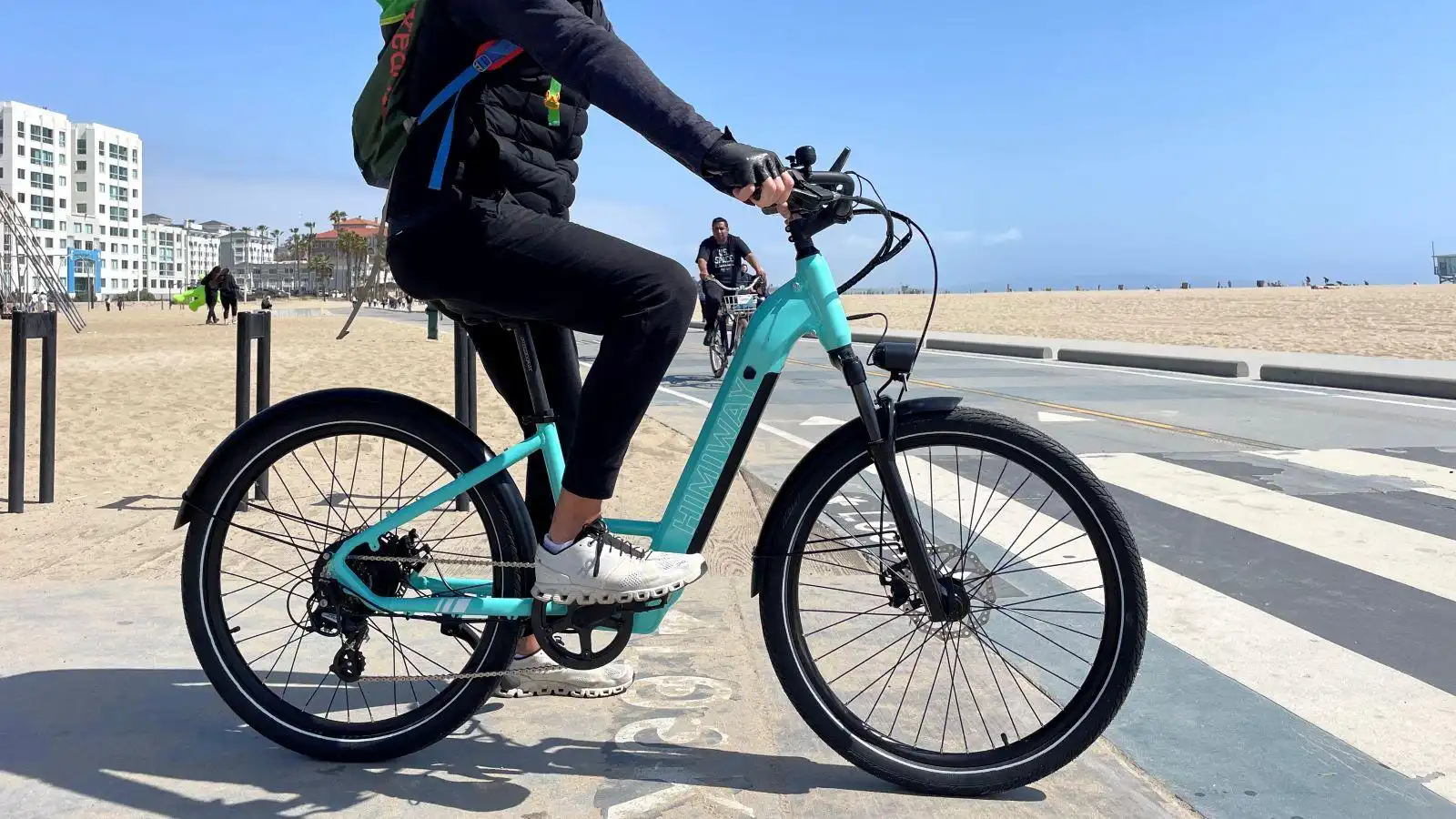Electric bikes (or e-bikes) have been steadily gaining popularity as a practical, efficient, and eco-friendly solution for commuting. With built-in motor assistance that kicks in when pedaling, e-bikes allow riders to cover longer distances, climb hills with ease, and arrive at their destinations feeling fresh.
But like any mode of transportation, e-bikes come with trade-offs.
If you’re wondering whether an electric bike is the right choice for your daily commute, here’s a detailed look at the pros and cons to help you decide.
✅ Pros of Electric Bikes for Daily Commuters
1. Less Sweat, More Comfort
The biggest advantage? You don’t have to pedal hard to get moving. This makes it easier to arrive at work or appointments without feeling sweaty or exhausted—especially helpful in warmer climates or for longer rides.
If you’re commuting in work clothes, an e-bike can help you show up looking polished, not winded.
2. Faster Commutes Without the Stress
E-bikes offer consistent speeds with less effort. You can keep up with traffic in bike lanes or beat rush-hour congestion entirely. Many commuters find they save time over driving or using public transit.
Most e-bikes cruise at around 15–20 mph with pedal assist—much faster than a standard bike on flat roads.
3. Hill-Climbing Made Easy
Steep hills and headwinds can turn a normal bike ride into a workout. With an e-bike, motor assist flattens the ride, making it accessible even if you’re not an athlete.
Commuters in hilly cities like San Francisco and Seattle often swear by e-bikes as a game-changer.
4. Eco-Friendly and Cost-Effective
Compared to cars, e-bikes have a tiny carbon footprint. You’ll also save money on gas, parking, and maintenance. The average e-bike charge costs just a few cents and can cover 20–50 miles.
Over time, the savings can offset the upfront cost—especially if it replaces a car or transit pass.
5. Inclusive for More Riders
Because e-bikes reduce physical strain, they open the door to commuting by bike for:
-
Older adults
-
People recovering from injuries
-
Those with long or hilly commutes
❌ Cons of Electric Bikes for Daily Commuters
1. Higher Upfront Cost
E-bikes typically range from $1,000 to $5,000+, depending on features, battery size, and brand. While the investment can pay off, it’s a bigger initial expense than most regular bikes.
Insurance, battery replacement, and accessories (like racks or panniers) can also add to the total.
2. Heavier and Harder to Transport
The battery and motor make e-bikes significantly heavier than traditional bikes—often 40 to 70 pounds. That can make them tough to:
-
Carry up stairs
-
Lift onto bike racks
-
Ride without power (if the battery dies)
3. Battery Range and Charging Needs
Most e-bikes offer a range of 20 to 60 miles per charge, depending on the level of pedal assist used. Long commutes or forgetting to charge overnight can become a hassle.
Battery life also decreases over time and may need replacement after a few years.
4. Maintenance Is More Complicated
While regular tune-ups still apply, e-bikes have electrical components that require specialized care. Motor systems, wiring, and battery issues usually need a visit to a certified shop.
5. Security Concerns
E-bikes are a hot target for theft because of their value. Commuters need to:
-
Use high-quality locks
-
Secure batteries
-
Avoid leaving e-bikes unattended in public for long periods
Some riders choose folding e-bikes to bring indoors, or register them with serial numbers and GPS trackers.
Should You Commute with an E-Bike?
It depends on your priorities. If you want a faster, less sweaty, and more accessible commute, an e-bike may be your best option. But if budget, simplicity, or portability are top concerns, a traditional bike still does the job well—especially for shorter rides.
Ask yourself:
-
How long is my commute?
-
Are there hills or headwinds?
-
Can I store and charge the bike securely?
-
Is the investment worth the convenience?
Final Thoughts
E-bikes are reshaping the way people commute—and for good reason. They offer a practical blend of speed, comfort, and sustainability. While they come with added costs and considerations, the benefits often outweigh the drawbacks for many daily riders.
Whether you go electric or stick with pedal power, the goal is the same: a smoother, healthier, and more enjoyable way to move through the city.




